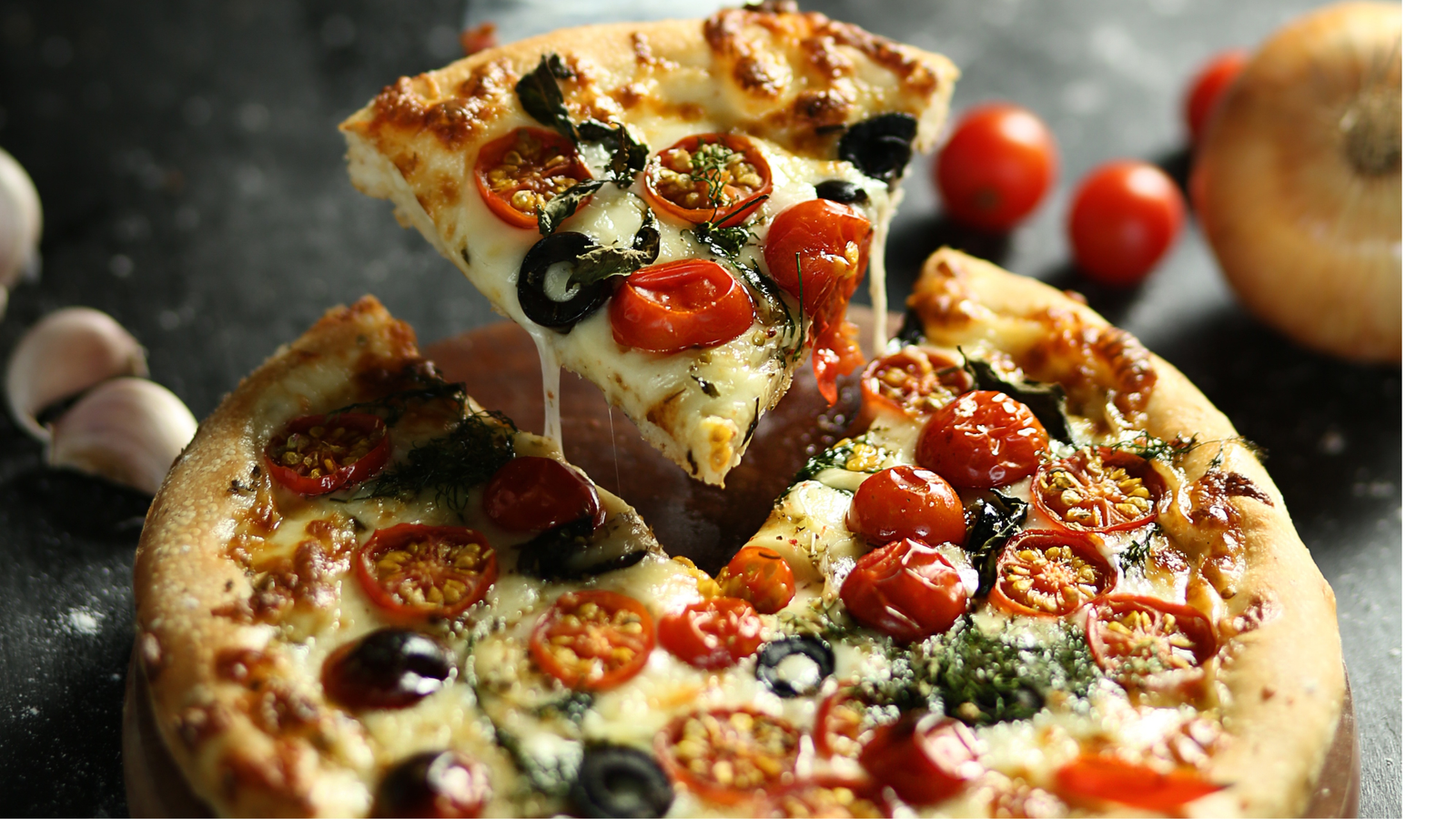Have you ever wondered about the journey of your favorite food? How it came into existence and how it ended up on your plate, piping hot and ready to be devoured? Today, we’re going to embark on a mouthwatering journey tracing the origins of one of the world’s most beloved foods – pizza!
Picture a sun-drenched Italian piazza. A humble baker kneads dough in his rustic kitchen, adding fresh tomatoes and fragrant basil from his garden. He slides his creation into a wood-fired oven and watches as it transforms into a golden disc of deliciousness. This is where our story begins.
As early as the Neolithic age, bread is already one of the common staple foods. The earliest form is cooked by baking the bread beneath or on top of stones near a fire.
Slowly, people began to add various ingredients to the bread and it became Pizza! In the 6th century B.C., Persian soldiers baked bread with cheese and dates as toppings on top of their shields.
3 centuries later, Cato the Elder from Rome wrote about bread that is drizzled with olive oil, honey, and herbs and then baked on top of stones. In the early 1st century A.D., Marcus Gavius Apicius wrote a book called “De Re Coquinaria” It was translated into different languages and spread through countries nearby Rome.
One of the recipes in his book was about hollowed-out bread filled with toppings like cheese, mint, garlic, chicken meat, and olive oil.
Pizza, as we know it today, has its roots in Naples, Italy. In the late 18th century, this bustling city was teeming with working poor or ‘lazzaroni.’ These hardworking guys needed cheap food that could be eaten quickly. Enter pizza! Flatbreads with various toppings were sold at street stalls and were an instant hit.
However, pizza’s big break came in 1889 when Queen Margherita visited Naples. To honor her visit, local pizzaiolo Raffaele Esposito created a special pizza resembling the colors of the Italian flag – red tomatoes, white mozzarella cheese, and green basil leaves. The Queen loved it so much that this particular style was named after her – Margherita Pizza.
Fast forward to World War II when American soldiers stationed in Italy developed a taste for this local delicacy. They brought their newfound love for pizza back home, triggering its rise as a global phenomenon.
Today, pizza is enjoyed worldwide with countless variations – from New York-style thin crust to Chicago’s deep-dish version; from traditional Margherita to exotic toppings like pineapple or barbecue chicken.
But why has pizza become such an enduring favorite? Don’t only focus on the taste. Eating pizza is an experience – the aroma of baking dough, the sight of bubbling cheese, the feel of a slice in your hand, and finally, that first bite. It’s comfort food at its best.
Moreover, pizza brings people together. It’s shared at parties, ordered during late-night study sessions, and enjoyed with family on cozy nights in. Pizza has transcended cultural boundaries to become a universal symbol of togetherness.
In essence, every pizza you enjoy is a slice of history – a testament to human ingenuity and our love for good food. So next time you bite into your favorite pizza, remember its humble beginnings and savor not just the taste but also the rich heritage it carries.
Now that we’ve whetted your appetite for knowledge (and possibly pizza), why not explore more food histories? Understanding where our food comes from enriches our eating experience and deepens our appreciation for these culinary delights.
Let us know in the comments below which food history you’d like us to explore next!
Buon appetito!


